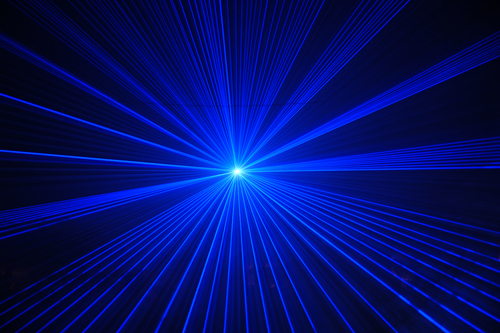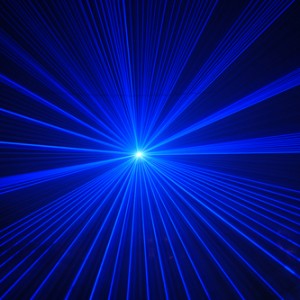Carbon Dioxide Lasers Studied for SSc Therapy

 “Fractional Carbon Dioxide Laser Versus UVA 1 in Treatment of Localized Scleroderma,” a clinical trial currently recruiting patients, is looking to add another possible remedy to the list for systemic sclerosis (SSc). In the trial, fractional carbon dioxide laser treatment will be compared against UVA1 phototherapy in terms of its ability to improve the clinical presentation of SSc symptoms.
“Fractional Carbon Dioxide Laser Versus UVA 1 in Treatment of Localized Scleroderma,” a clinical trial currently recruiting patients, is looking to add another possible remedy to the list for systemic sclerosis (SSc). In the trial, fractional carbon dioxide laser treatment will be compared against UVA1 phototherapy in terms of its ability to improve the clinical presentation of SSc symptoms.
UVA1 phototherapy has been used to treat skin conditions including localized SSc, atopic dermatitis, and mycosis fungoides. According to an article from Medscape, which appeared in Skin Therapy Letter, high intensity long-wavelength ultraviolet lamps produce 340-400 nm light waves that can penetrate through the epidermis into the lower dermis of the skin. Here, the rays break down collagen, induce T-cell death, and deplete Langerhans and mast cells in the area.
Similarly, carbon dioxide lasers deliver energy that penetrates the skin, but in this case the epidermis and part of the dermis are removed. This stimulates new collagen and elastin production to give the appearance of healthier, firmer, and tighter skin–which is why it has been used in skin resurfacing.
[adrotate group=”3″]
Cairo University is sponsoring the clinical trial, which aims to enroll 20 patients with localized SSc at the Cairo University-Dermatology outpatient clinic in Egypt. Patients are split into two groups: experimental and active comparator. The experimental group will receive once-monthly sessions of fractional carbon dioxide laser therapy for three months using a DEKA machine that produces 10,600 nm rays. The active comparator group will receive 24 sessions of UVA1 phototherapy at intervals of three times a week using a Waldman targeted machine that delivers 340-400 nm rays. Both groups will be clinically evaluated before treatment and one month after the last treatment.
Clinical evaluations will assess skin thickness using the Modified Rodnan skin score, dermal atrophy, and dyspigmentation using a punch biopsy and haematoxylin and eosin staining. Additionally, skin biopsies will be assessed for matrix metalloproteinase 1–the enzyme that breaks down collagen–and transforming growth factor beta–a growth factor implicated in collagen synthesis. Finally, patients will also be assessed using ultrasound bio-microscopy, satisfaction scores, and complication profiles.
Although this is an international clinical trial, it is of interest to the general SSc community, as fractional carbon dioxide lasers are already in use in the United States for procedures such as skin resurfacing. The present trial will help determine if the therapy is also of use for patients with localized SSc.






